Henry Ford’s fascination with farming and with alleviating a bit of the brutally hard work and drudgery of the American farm at the turn of the twentieth century is well known. The design philosophy behind the Model T was to make it strong enough to endure the rough roads of America’s rural areas and, when conditions finally overtook even the Model T’s rugged design and quality materials, that it should be simple enough for a mechanically competent farmer with rudimentary tools to repair it. Ford had long been fascinated by the need and potential market for reliable, strong farm tractors. Almost from the moment the Model T’s success was secure he turned his attention to tractors, creating the Ford & Son company in Britain to build the Fordson tractors in 1917. Ford built and sold Fordsons in the United States until 1928 and continuously in the UK with factories in Cork, Ireland and at the big Ford factory in Dagenham, England. Strong and reasonably powerful, they captured a small part of the growing motorized tractor market but failed to match the growth of powerhouses John Deere Allis-Chalmers and International Harvester in the U.S. Nevertheless Ford continued to be fascinated by tractors and busied himself with tractor ideas and proposals as Ford’s automobile operations grew outside his interest and attention. No doubt Edsel Ford, Charlie Sorensen and even Harry Bennett appreciated the distraction but no one appreciated Ford’s interest in tractors more than Harry Ferguson, an Irish inventor who created a hydraulically-operated implement system, adapted it to an English-built David Brown tractor and demonstrated it to Henry Ford in October 1938. Ford was thrilled with the ingenuity and practicality of Harry Ferguson’s implement mounting system and directed a major effort at Ford to create a tractor employing the Ferguson system. After great efforts a new tractor, the 9N “Ford tractor-Ferguson System” was put into production in mid-1939 and in the first full year’s production, 1940, 35,742 were built (a good bit less than the 63,750 which had been predicted). 1941 production was higher, 42,910. A simplified model 2N with steel wheels and magneto ignition replacing the unobtainable rubber tires and battery was built throughout WWII. Eventually Ford lost something in excess of $20 million on the tractor business and the company became embroiled in a bitter contract dispute with Harry Ferguson after the war. That did not, however, preclude Ford from continuing in the tractor business, particularly in the UK where the small (by American terms) Fordson was the dominant farm tractor. The Ford-Ferguson 9N of the Hogan Collection is powered by a 28hp 120 cubic inch L-head four-cylinder engine. It has a 3-speed transmission and incorporates the Ferguson System for hydraulically controlling the height of the implements attached to its 3-point drawbar. It has been restored in non-standard colors, with red hood and fenders instead of the all-Grey livery in which Ford tractors emerged from the factory. In addition items like the diamond plate foot boards and some of the controls have been chrome plated. The radiator is protected by a Ford brush guard and it comes with the very desirable front wheel weights which counteract the well-known tendency of high torque, low geared tractors to pull themselves over backwards. As a further precaution against this proclivity Jack Hogan has had a rollover bar fabricated to protect the operator in the event of a backflip which the Hogan Collection 9N’s new owner may have with the tractor. The tractor is unusually well equipped (for a tractor, that is) including having the rarely-surviving removable glove shelf over the battery, an oil filter and the precisely calibrated gas gauge (a Ford-made double end wrench with gas tank levels cast into the handle.) It was acquired on August 2, 1995 from Dennis Phillips and recently was shown in Tacoma where, because of its attractive but non-original paint colors
Henry Ford’s fascination with farming and with alleviating a bit of the brutally hard work and drudgery of the American farm at the turn of the twentieth century is well known. The design philosophy behind the Model T was to make it strong enough to endure the rough roads of America’s rural areas and, when conditions finally overtook even the Model T’s rugged design and quality materials, that it should be simple enough for a mechanically competent farmer with rudimentary tools to repair it. Ford had long been fascinated by the need and potential market for reliable, strong farm tractors. Almost from the moment the Model T’s success was secure he turned his attention to tractors, creating the Ford & Son company in Britain to build the Fordson tractors in 1917. Ford built and sold Fordsons in the United States until 1928 and continuously in the UK with factories in Cork, Ireland and at the big Ford factory in Dagenham, England. Strong and reasonably powerful, they captured a small part of the growing motorized tractor market but failed to match the growth of powerhouses John Deere Allis-Chalmers and International Harvester in the U.S. Nevertheless Ford continued to be fascinated by tractors and busied himself with tractor ideas and proposals as Ford’s automobile operations grew outside his interest and attention. No doubt Edsel Ford, Charlie Sorensen and even Harry Bennett appreciated the distraction but no one appreciated Ford’s interest in tractors more than Harry Ferguson, an Irish inventor who created a hydraulically-operated implement system, adapted it to an English-built David Brown tractor and demonstrated it to Henry Ford in October 1938. Ford was thrilled with the ingenuity and practicality of Harry Ferguson’s implement mounting system and directed a major effort at Ford to create a tractor employing the Ferguson system. After great efforts a new tractor, the 9N “Ford tractor-Ferguson System” was put into production in mid-1939 and in the first full year’s production, 1940, 35,742 were built (a good bit less than the 63,750 which had been predicted). 1941 production was higher, 42,910. A simplified model 2N with steel wheels and magneto ignition replacing the unobtainable rubber tires and battery was built throughout WWII. Eventually Ford lost something in excess of $20 million on the tractor business and the company became embroiled in a bitter contract dispute with Harry Ferguson after the war. That did not, however, preclude Ford from continuing in the tractor business, particularly in the UK where the small (by American terms) Fordson was the dominant farm tractor. The Ford-Ferguson 9N of the Hogan Collection is powered by a 28hp 120 cubic inch L-head four-cylinder engine. It has a 3-speed transmission and incorporates the Ferguson System for hydraulically controlling the height of the implements attached to its 3-point drawbar. It has been restored in non-standard colors, with red hood and fenders instead of the all-Grey livery in which Ford tractors emerged from the factory. In addition items like the diamond plate foot boards and some of the controls have been chrome plated. The radiator is protected by a Ford brush guard and it comes with the very desirable front wheel weights which counteract the well-known tendency of high torque, low geared tractors to pull themselves over backwards. As a further precaution against this proclivity Jack Hogan has had a rollover bar fabricated to protect the operator in the event of a backflip which the Hogan Collection 9N’s new owner may have with the tractor. The tractor is unusually well equipped (for a tractor, that is) including having the rarely-surviving removable glove shelf over the battery, an oil filter and the precisely calibrated gas gauge (a Ford-made double end wrench with gas tank levels cast into the handle.) It was acquired on August 2, 1995 from Dennis Phillips and recently was shown in Tacoma where, because of its attractive but non-original paint colors
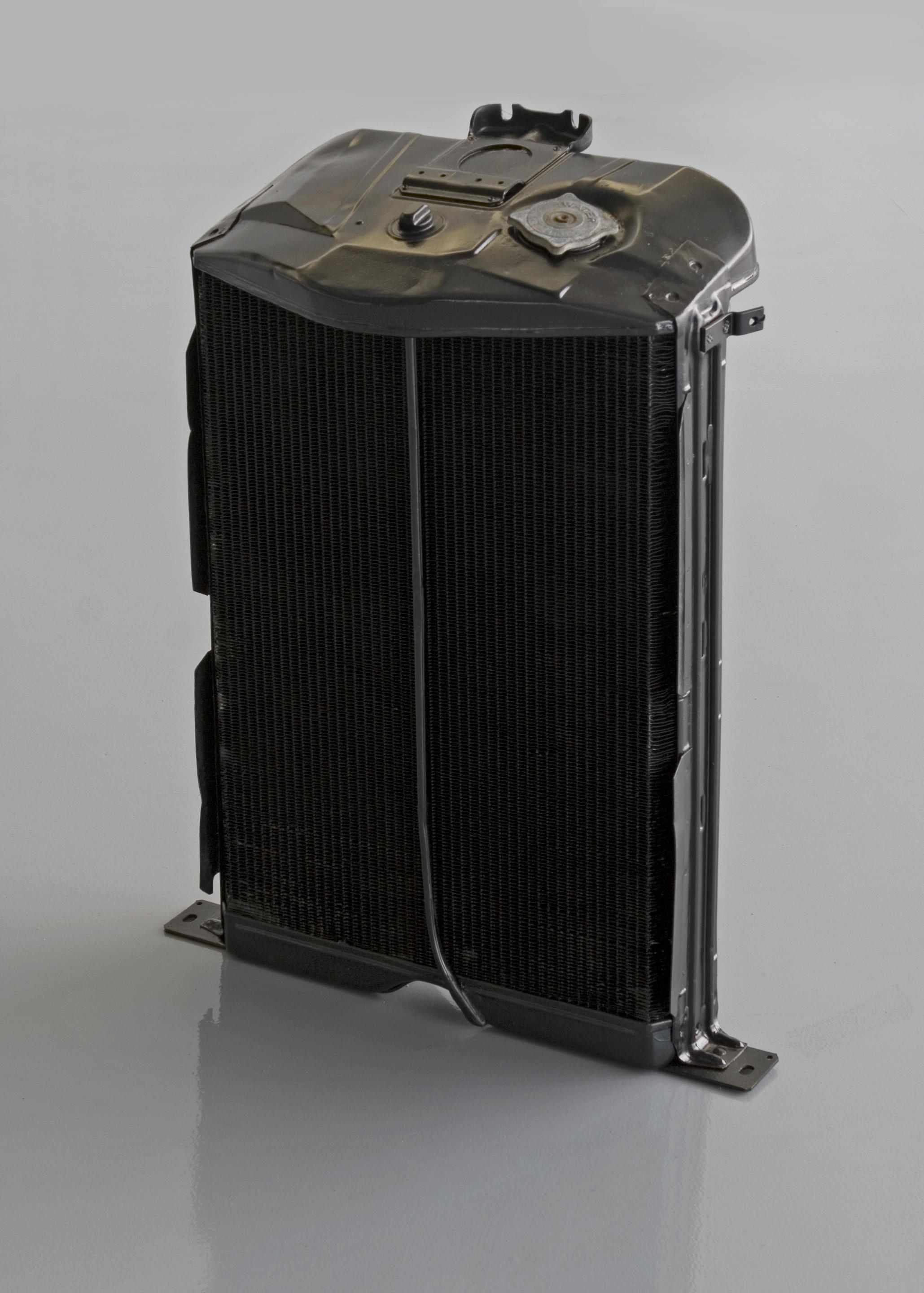
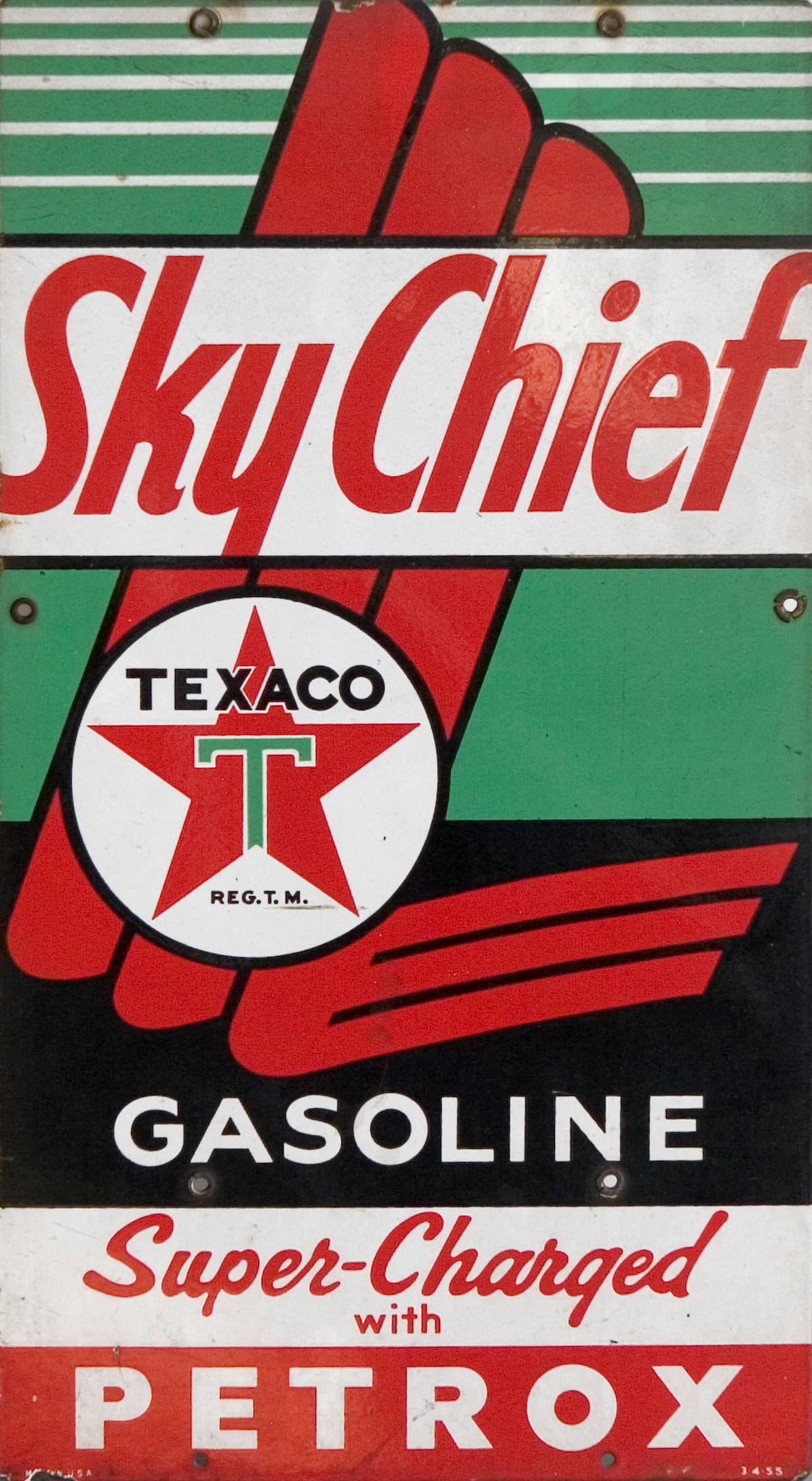
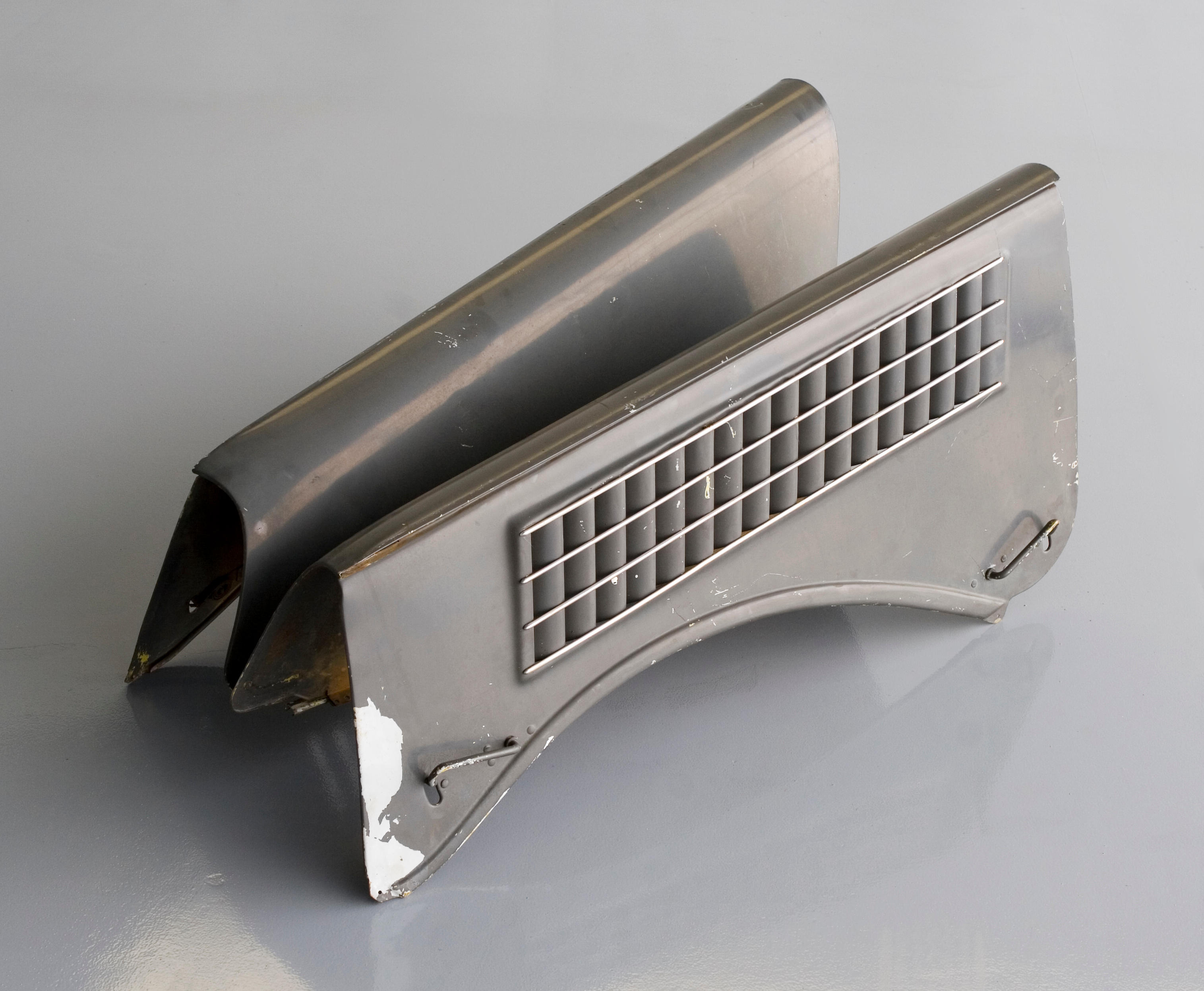
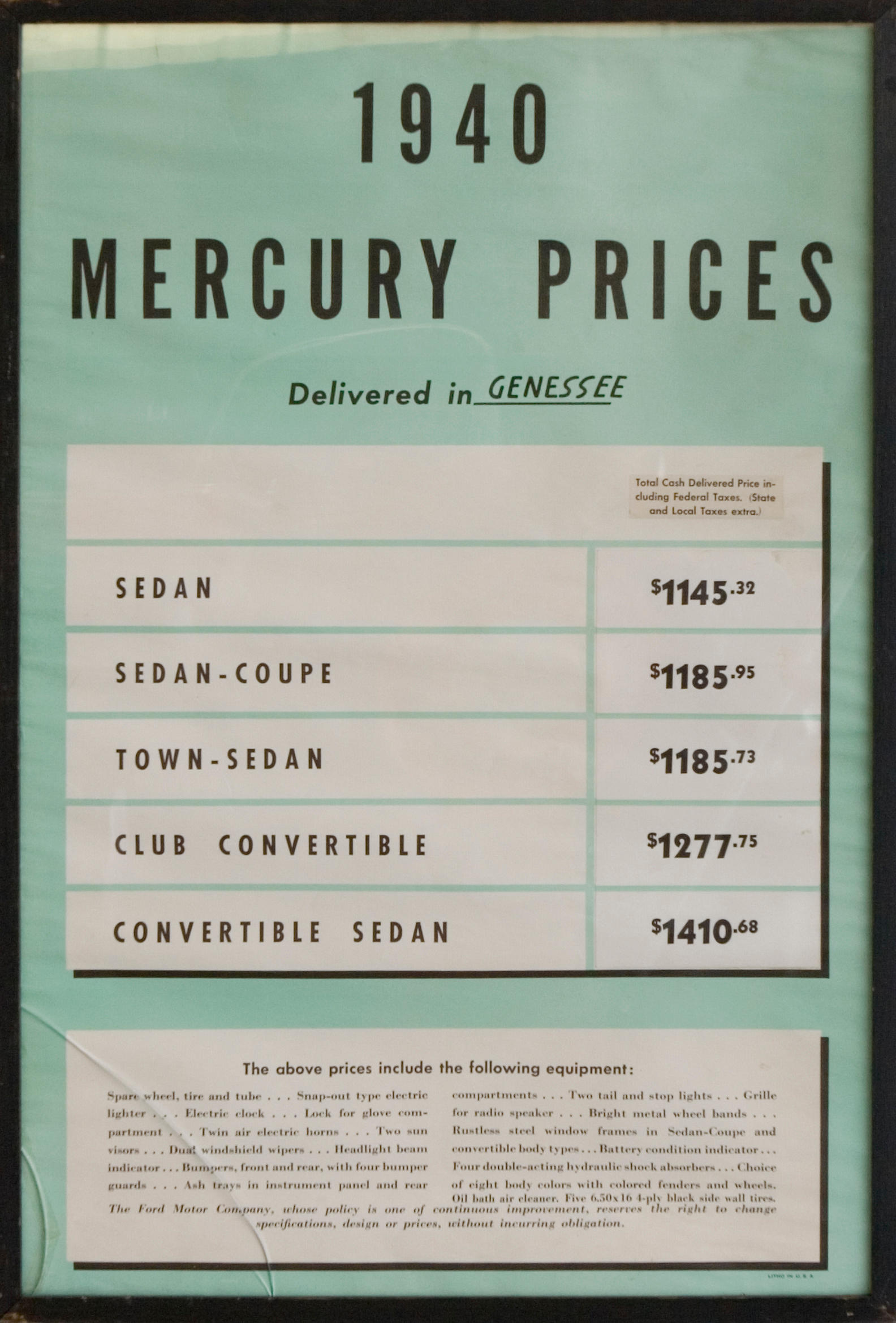

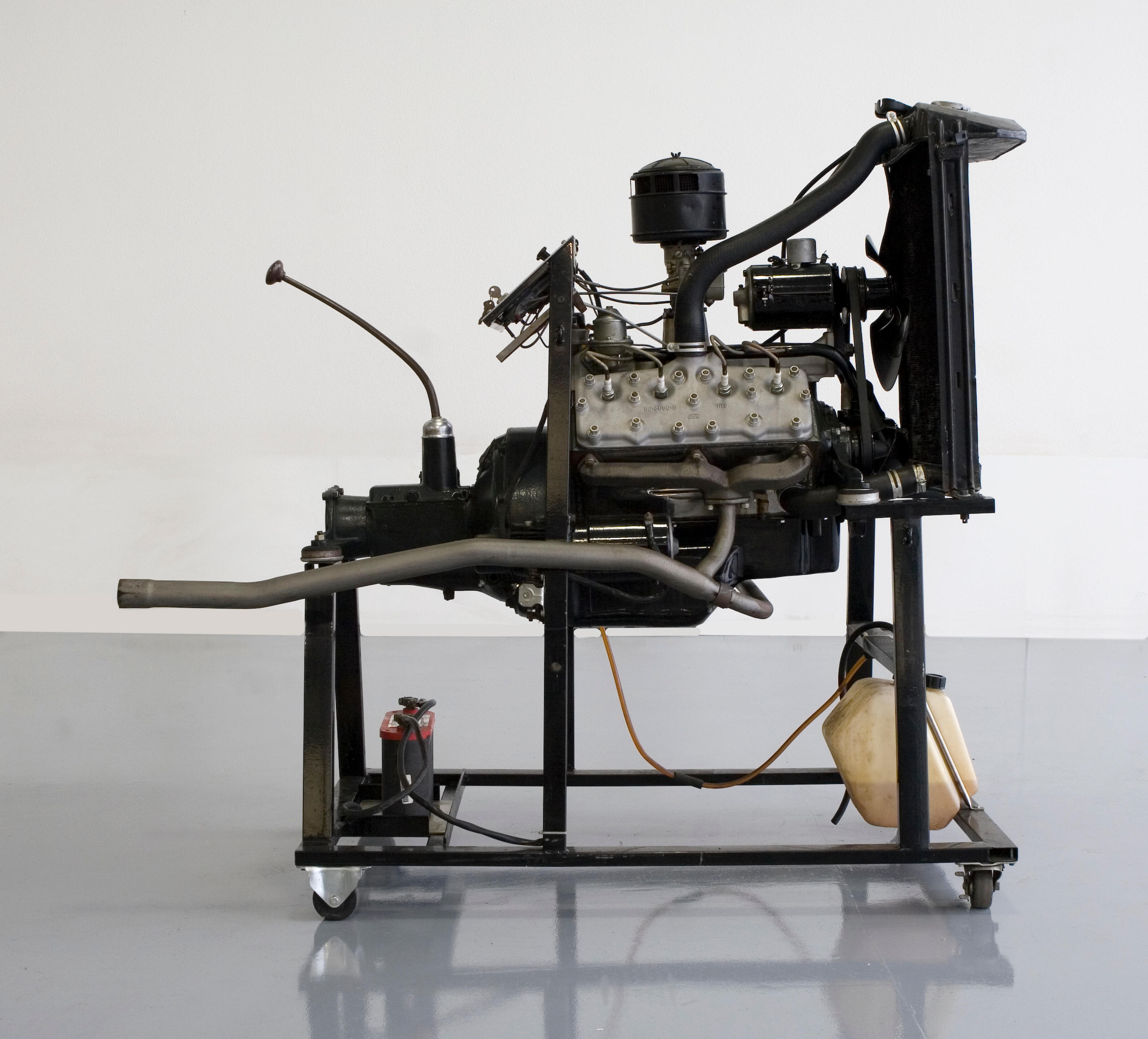
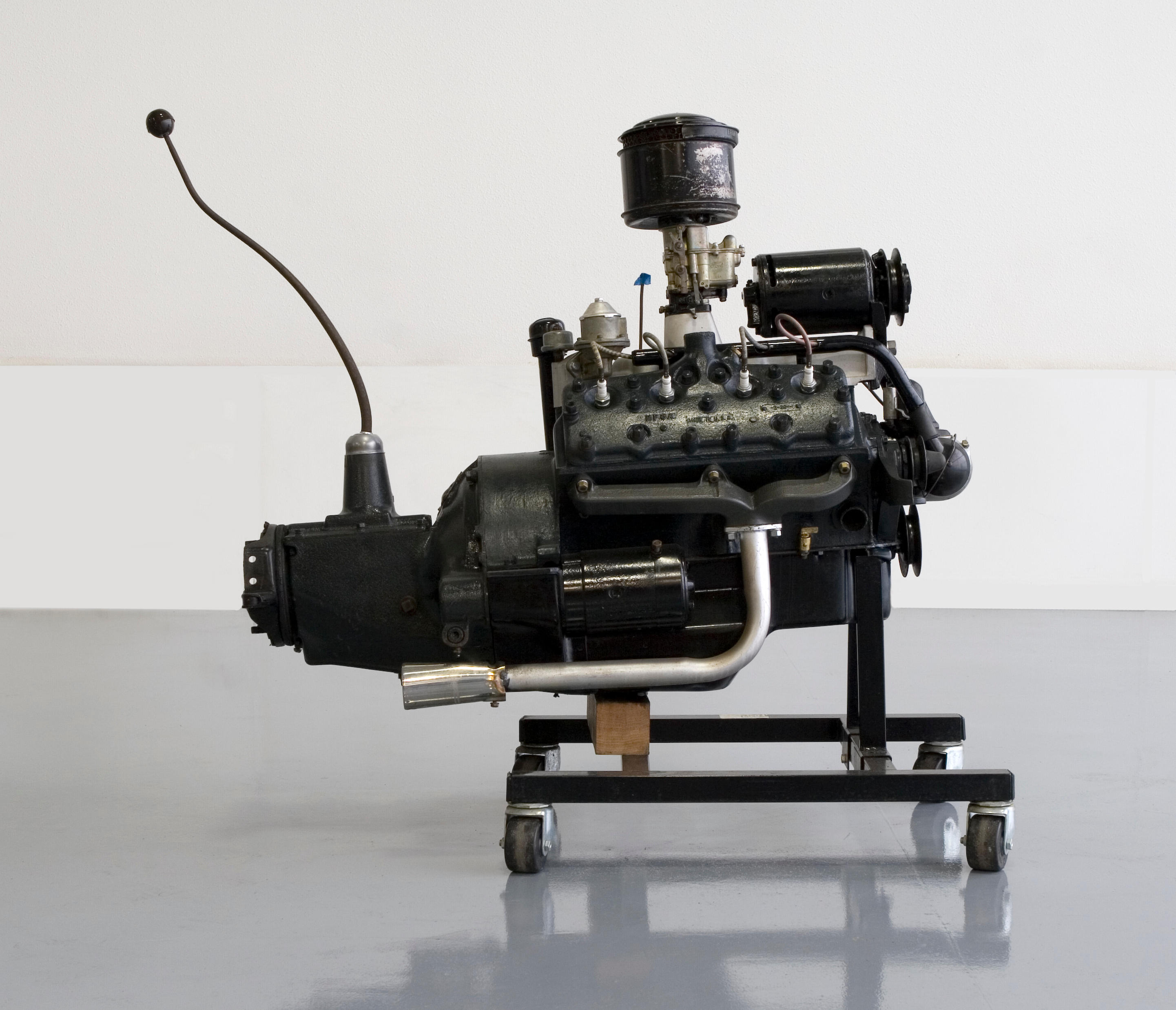
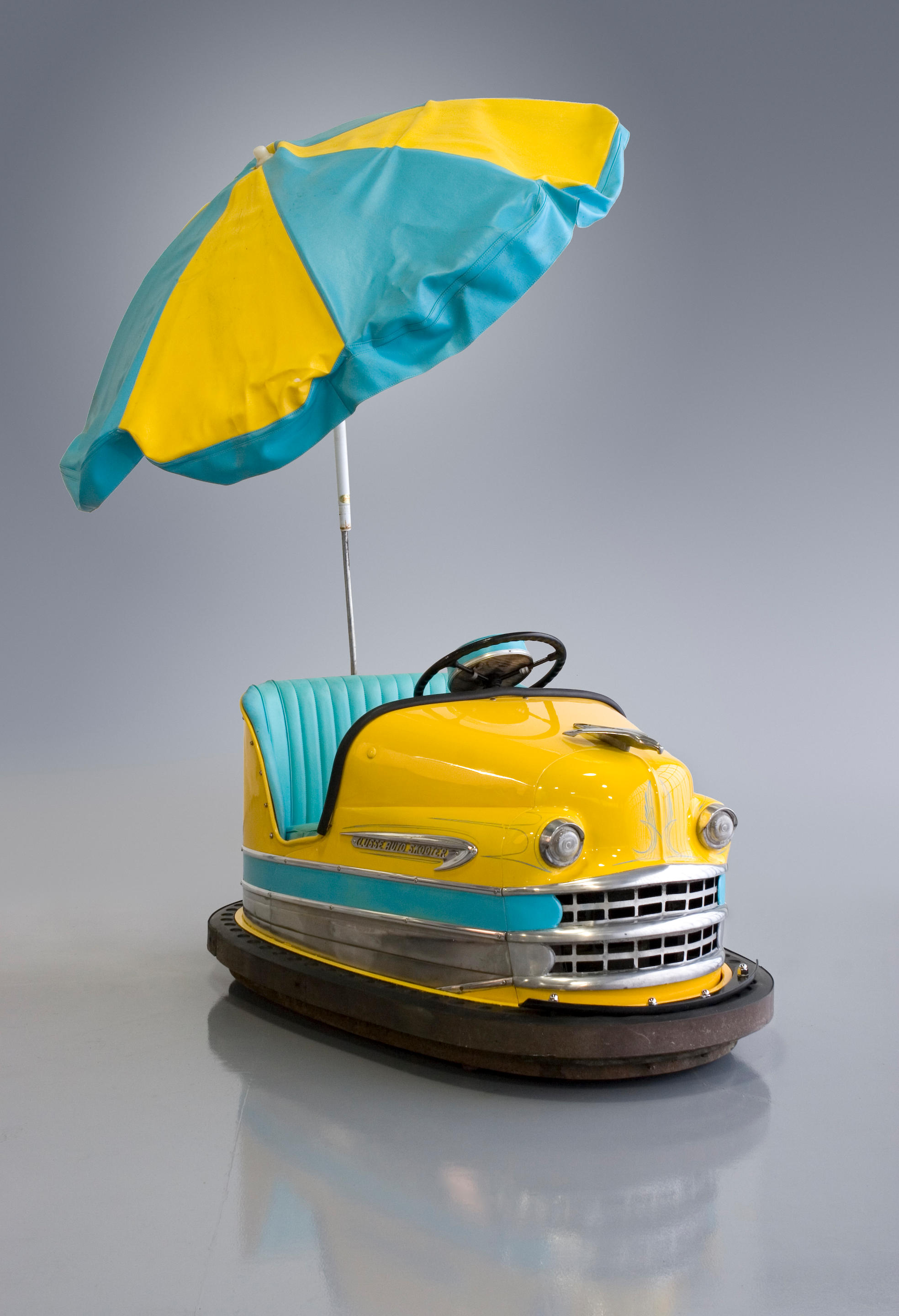
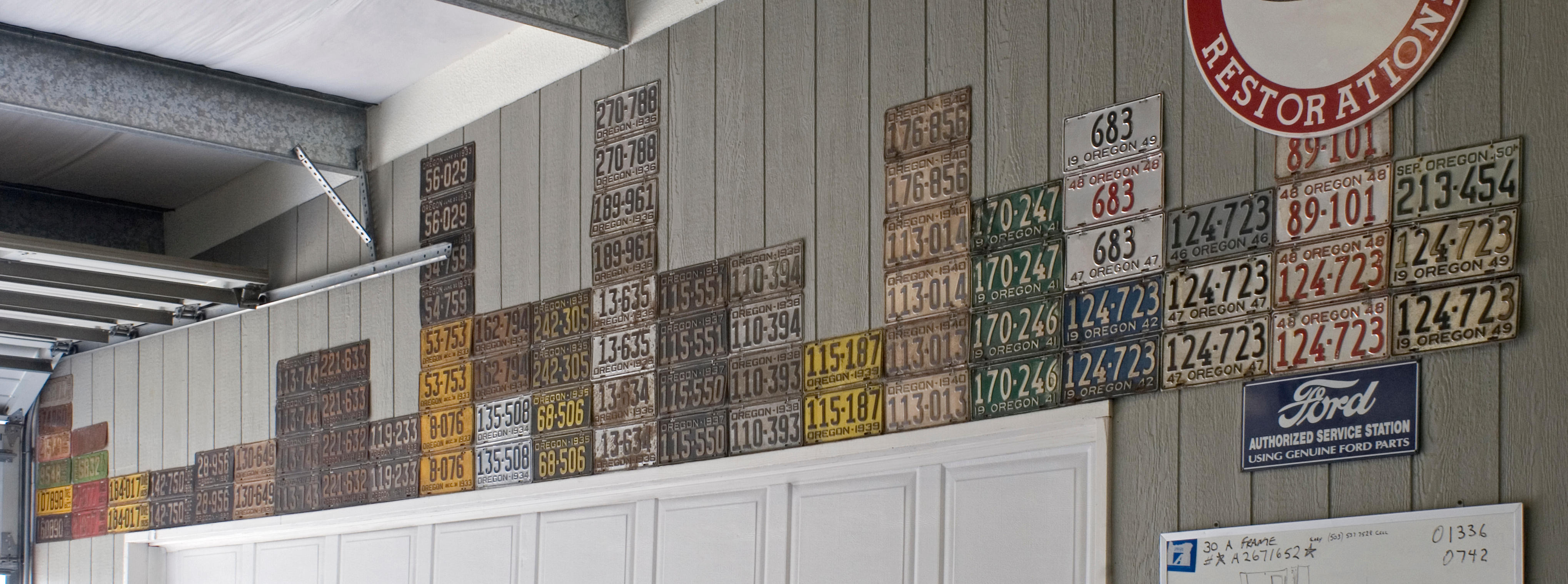
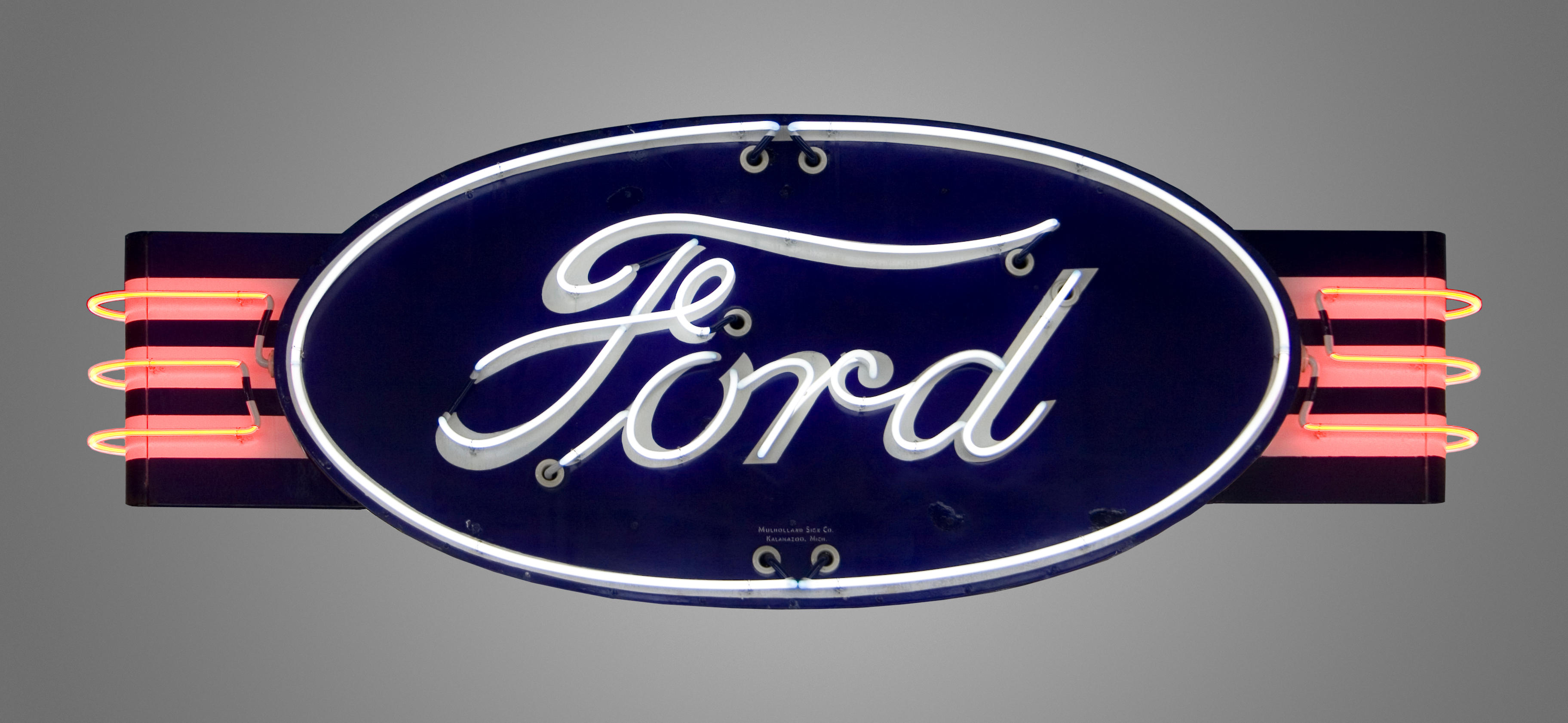
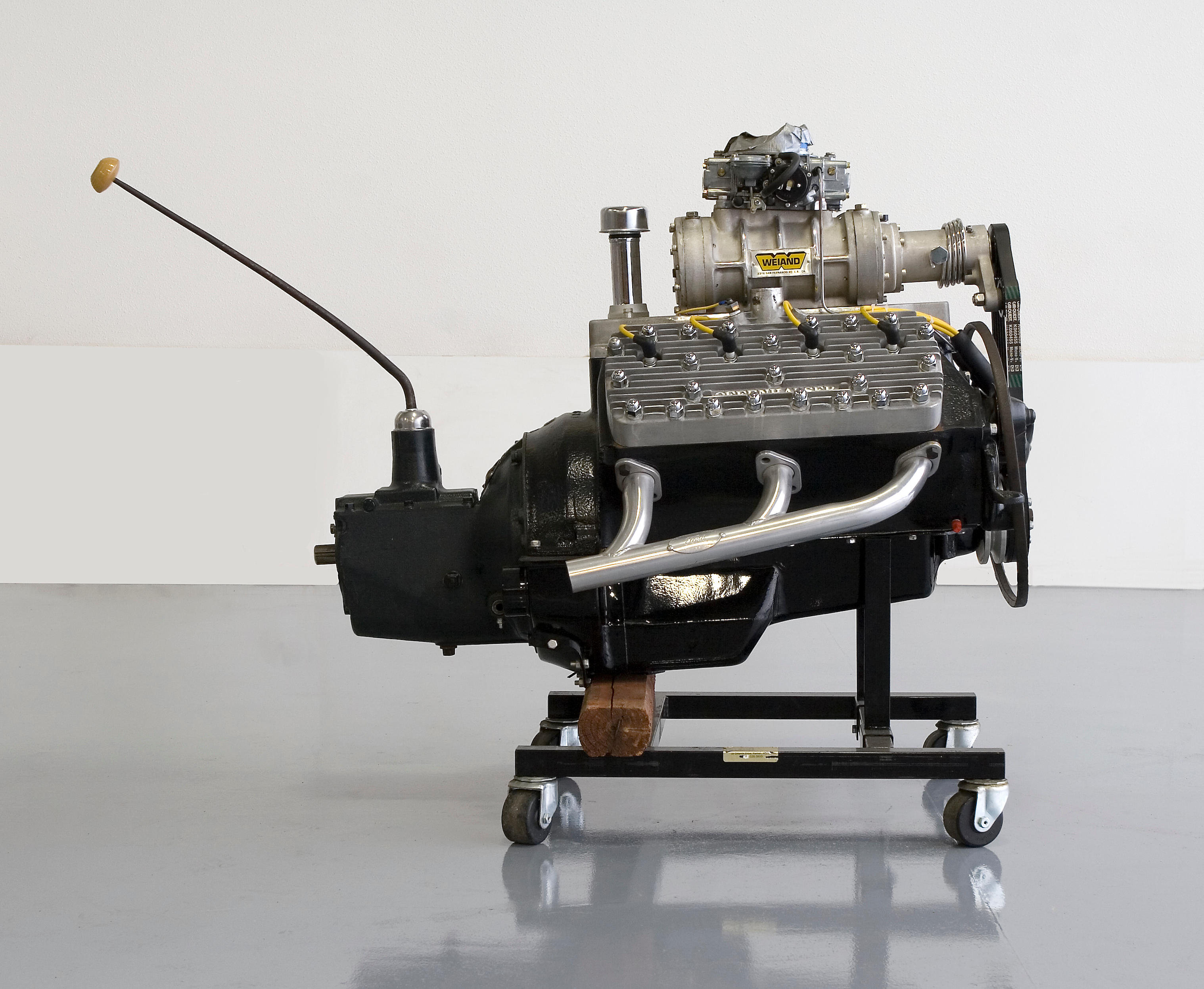
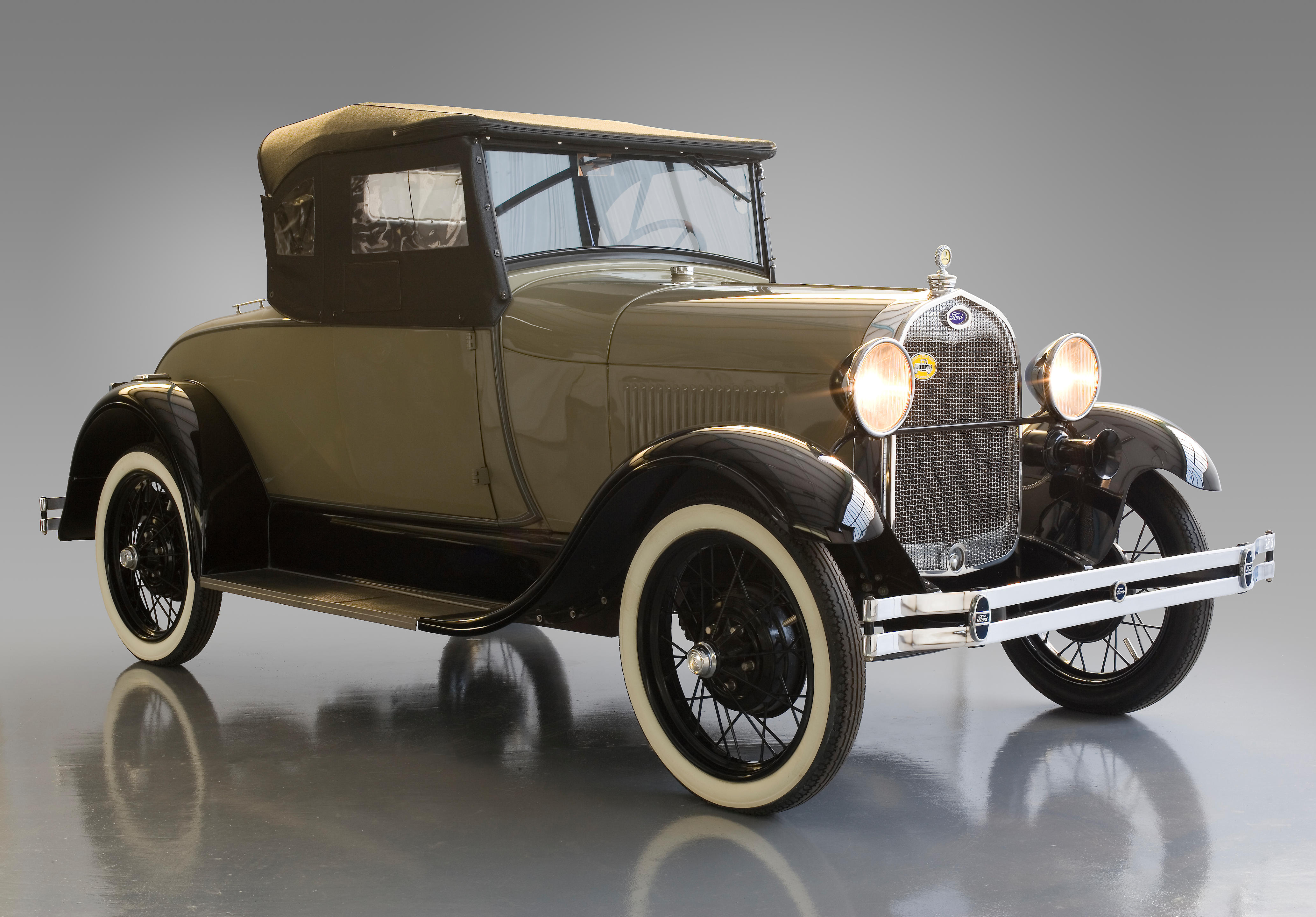
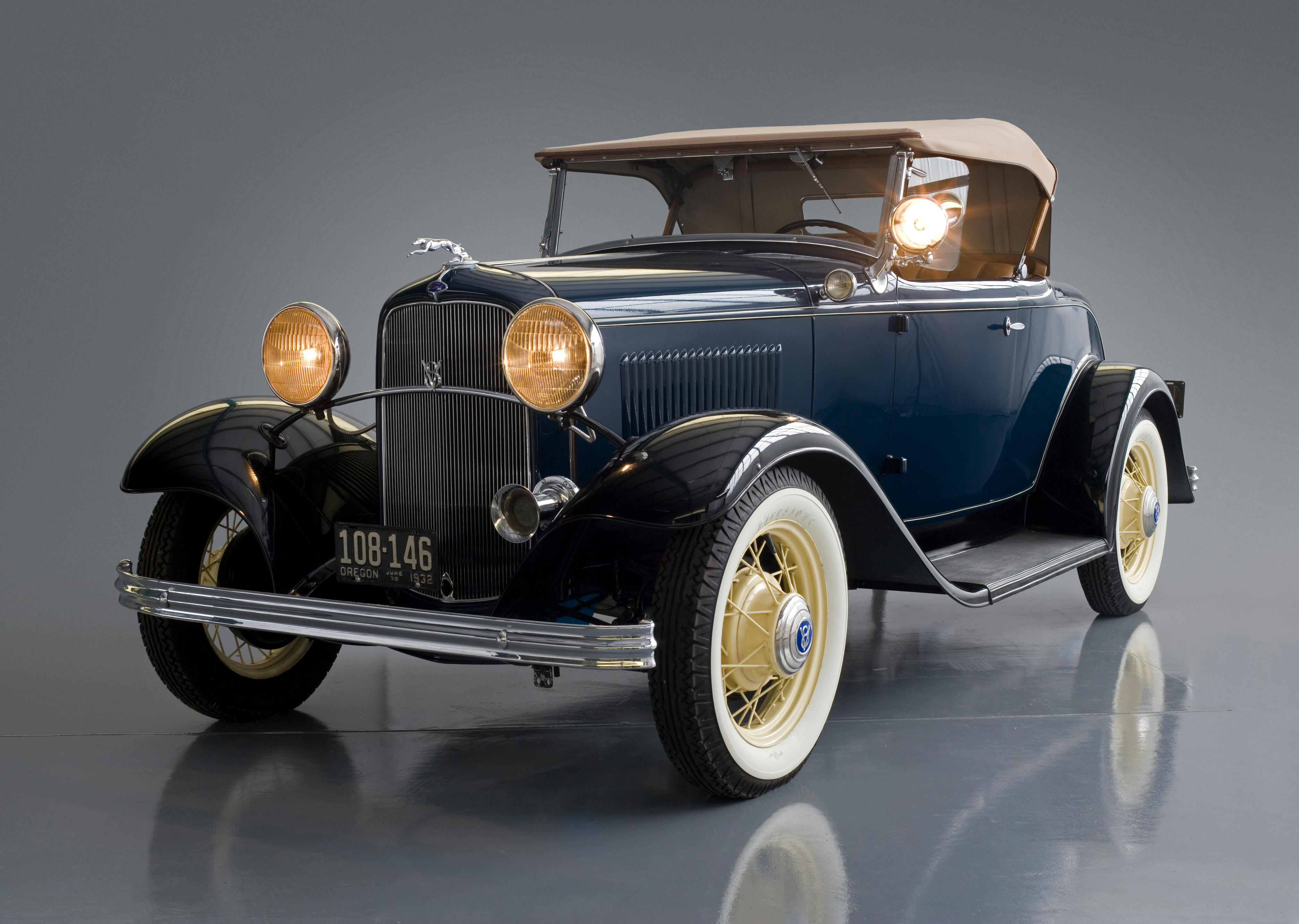

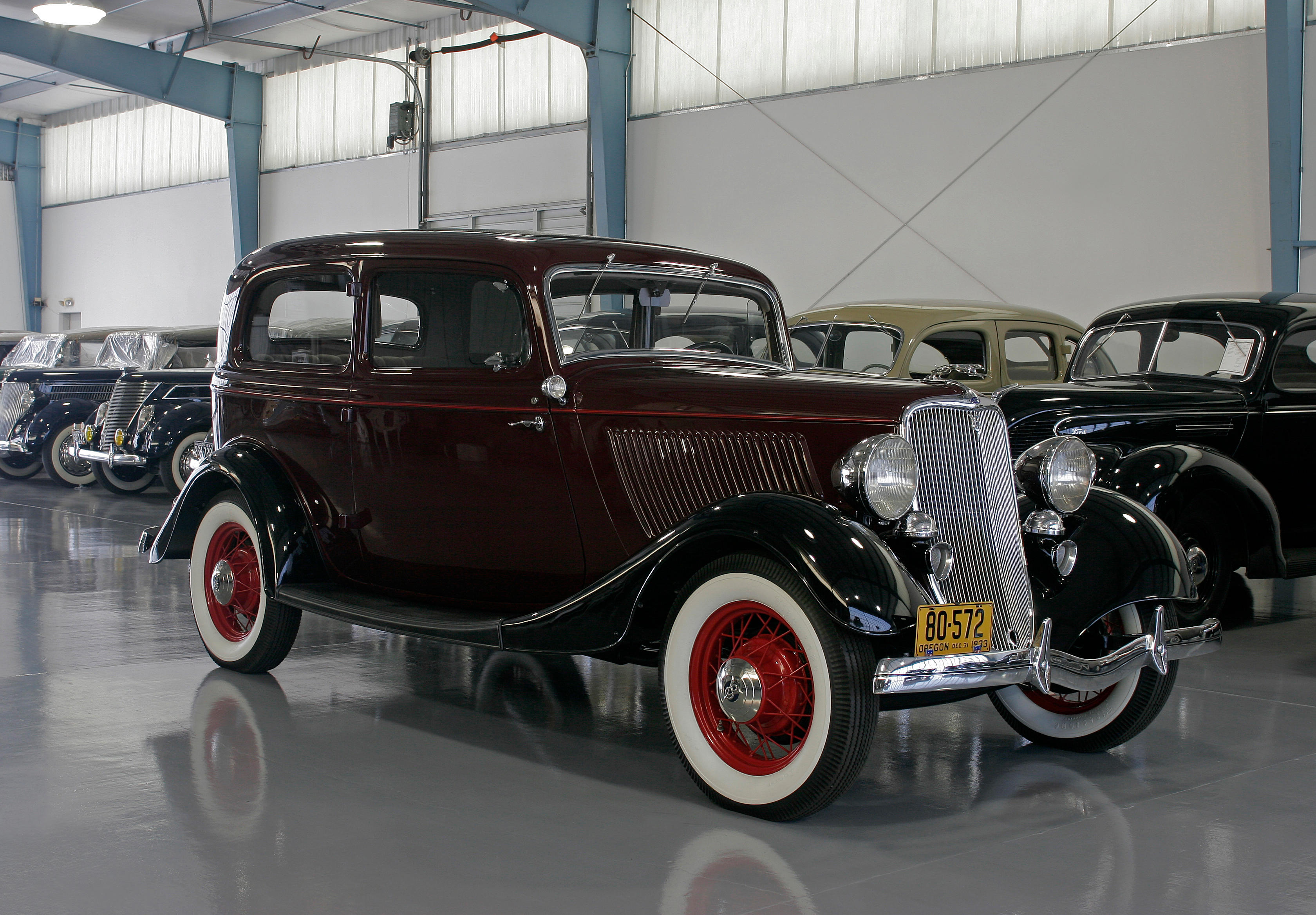
Testen Sie LotSearch und seine Premium-Features 7 Tage - ohne Kosten!
Lassen Sie sich automatisch über neue Objekte in kommenden Auktionen benachrichtigen.
Suchauftrag anlegen